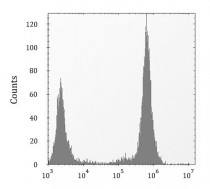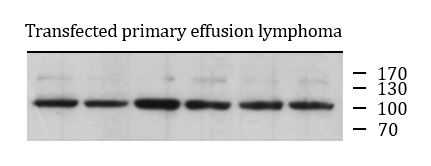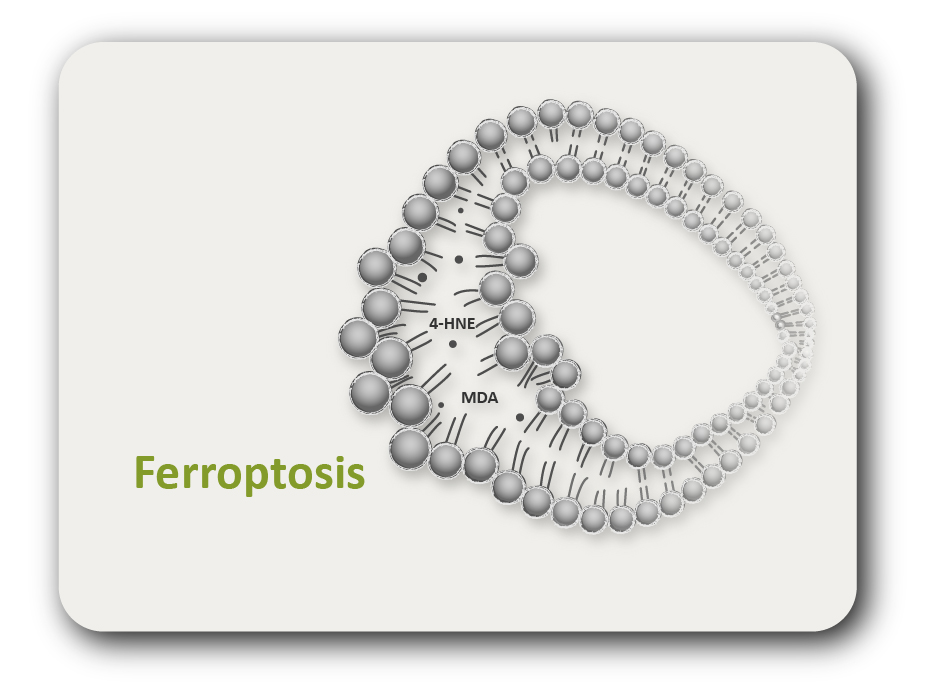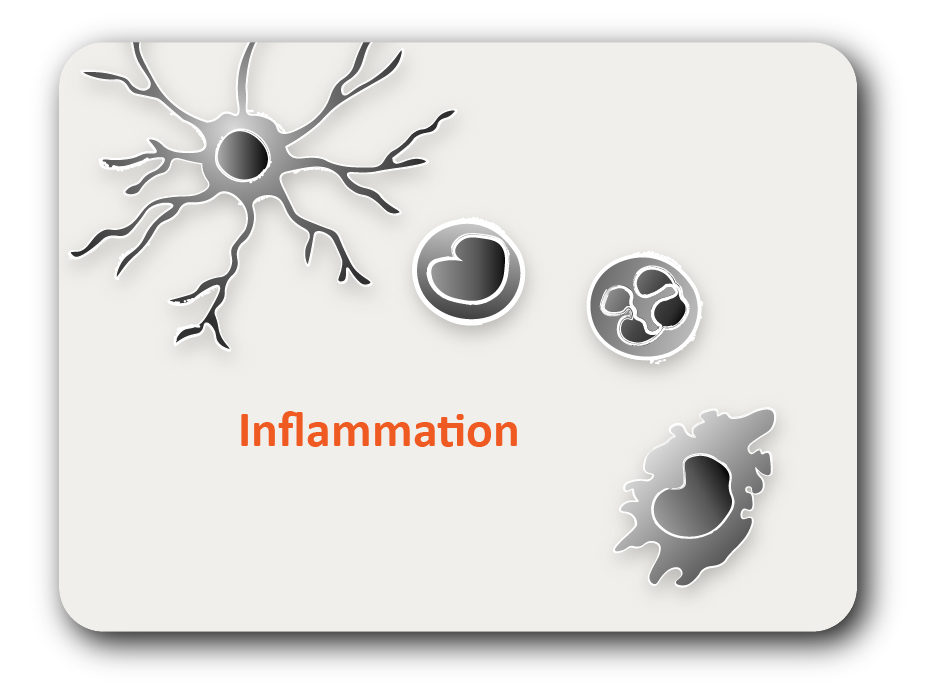ARG54702
anti-CD284 / TLR4 antibody
anti-CD284 / TLR4 antibody for Flow cytometry,Western blot and Human,Mouse,Rat
Cell Biology and Cellular Response antibody; Immune System antibody; Microbiology and Infectious Disease antibody

2
概述
| 产品描述 | Rabbit Polyclonal antibody recognizes CD284 / TLR4 |
|---|---|
| 反应物种 | Hu, Ms, Rat |
| 预测物种 | Bov, Hm, Pig |
| 应用 | FACS, WB |
| 宿主 | Rabbit |
| 克隆 | Polyclonal |
| 同位型 | IgG |
| 靶点名称 | CD284 / TLR4 |
| 抗原物种 | Human |
| 抗原 | KLH-conjugated synthetic peptide corresponding to aa. 669-698 (Center) of Human TLR4 (NP_003257.1). |
| 偶联标记 | Un-conjugated |
| 別名 | CD284; CD antigen CD284; ARMD10; hToll; TLR-4; TOLL; Toll-like receptor 4 |
应用说明
| 应用建议 |
|
||||||
|---|---|---|---|---|---|---|---|
| 应用说明 | * The dilutions indicate recommended starting dilutions and the optimal dilutions or concentrations should be determined by the scientist. |
属性
| 纯化 | Protein A purified |
|---|---|
| 缓冲液 | PBS and 0.09% (W/V) Sodium azide |
| 抗菌剂 | 0.09% (W/V) Sodium azide |
| 存放说明 | For continuous use, store undiluted antibody at 2-8°C for up to a week. For long-term storage, aliquot and store at -20°C or below. Storage in frost free freezers is not recommended. Avoid repeated freeze/thaw cycles. Suggest spin the vial prior to opening. The antibody solution should be gently mixed before use. |
| 注意事项 | For laboratory research only, not for drug, diagnostic or other use. |
生物信息
| 数据库连接 | |
|---|---|
| 基因名称 | TLR4 |
| 全名 | toll-like receptor 4 |
| 背景介绍 | The protein encoded by this gene is a member of the Toll-like receptor (TLR) family which plays a fundamental role in pathogen recognition and activation of innate immunity. TLRs are highly conserved from Drosophila to humans and share structural and functional similarities. They recognize pathogen-associated molecular patterns that are expressed on infectious agents, and mediate the production of cytokines necessary for the development of effective immunity. The various TLRs exhibit different patterns of expression. This receptor has been implicated in signal transduction events induced by lipopolysaccharide (LPS) found in most gram-negative bacteria. Mutations in this gene have been associated with differences in LPS responsiveness. Multiple transcript variants encoding different isoforms have been found for this gene. [provided by RefSeq, Jan 2012] |
| 生物功能 | Cooperates with LY96 and CD14 to mediate the innate immune response to bacterial lipopolysaccharide (LPS). Acts via MYD88, TIRAP and TRAF6, leading to NF-kappa-B activation, cytokine secretion and the inflammatory response. Also involved in LPS- independent inflammatory responses triggered by free fatty acids, such as palmitate, and Ni(2+). Responses triggered by Ni(2+) require non-conserved histidines and are, therefore, species- specific. In complex with TLR6, promotes sterile inflammation in monocytes/macrophages in response to oxidized low-density lipoprotein (oxLDL) or amyloid-beta 42. In this context, the initial signal is provided by oxLDL- or amyloid-beta 42-binding to CD36. This event induces the formation of a heterodimer of TLR4 and TLR6, which is rapidly internalized and triggers inflammatory response, leading to the NF-kappa-B-dependent production of CXCL1, CXCL2 and CCL9 cytokines, via MYD88 signaling pathway, and CCL5 cytokine, via TICAM1 signaling pathway, as well as IL1B secretion. [From Uniprot] |
| 细胞定位 | Cell membrane; Single-pass type I membrane protein. Note=Upon complex formation with CD36 and TLR6, internalized through dynamin-dependent endocytosis |
| 产品亮点 | Related products: TLR4 antibodies; TLR4 ELISA Kits; Related news: Detecting exosomal HMGB1 for ICD research |
| 研究领域 | Cell Biology and Cellular Response antibody; Immune System antibody; Microbiology and Infectious Disease antibody |
| 预测分子量 | 96 kDa |
| 翻译后修饰 | N-glycosylated. Glycosylation of Asn-526 and Asn-575 seems to be necessary for the expression of TLR4 on the cell surface and the LPS-response. Likewise, mutants lacking two or more of the other N-glycosylation sites were deficient in interaction with LPS. |
检测图片 (2) Click the Picture to Zoom In
-
ARG54702 anti-CD284 / TLR4 antibody WB image
Western blot: 30 µg of Jurkat, K562, PC3, HepG2, Raw264.7, NIH3T3, Mouse liver, Mouse ovary, Rat liver and Rat ovary lysates stained with ARG54702 anti-CD284 / TLR4 antibody at 1:500 dilution.
-
ARG54702 anti-CD284 / TLR4 antibody FACS image
Flow Cytometry: U251 cells stained with ARG54702 anti-CD284 / TLR4 antibody (right histogram) or without primary antibody control (left histogram).
客户反馈
文献引用












